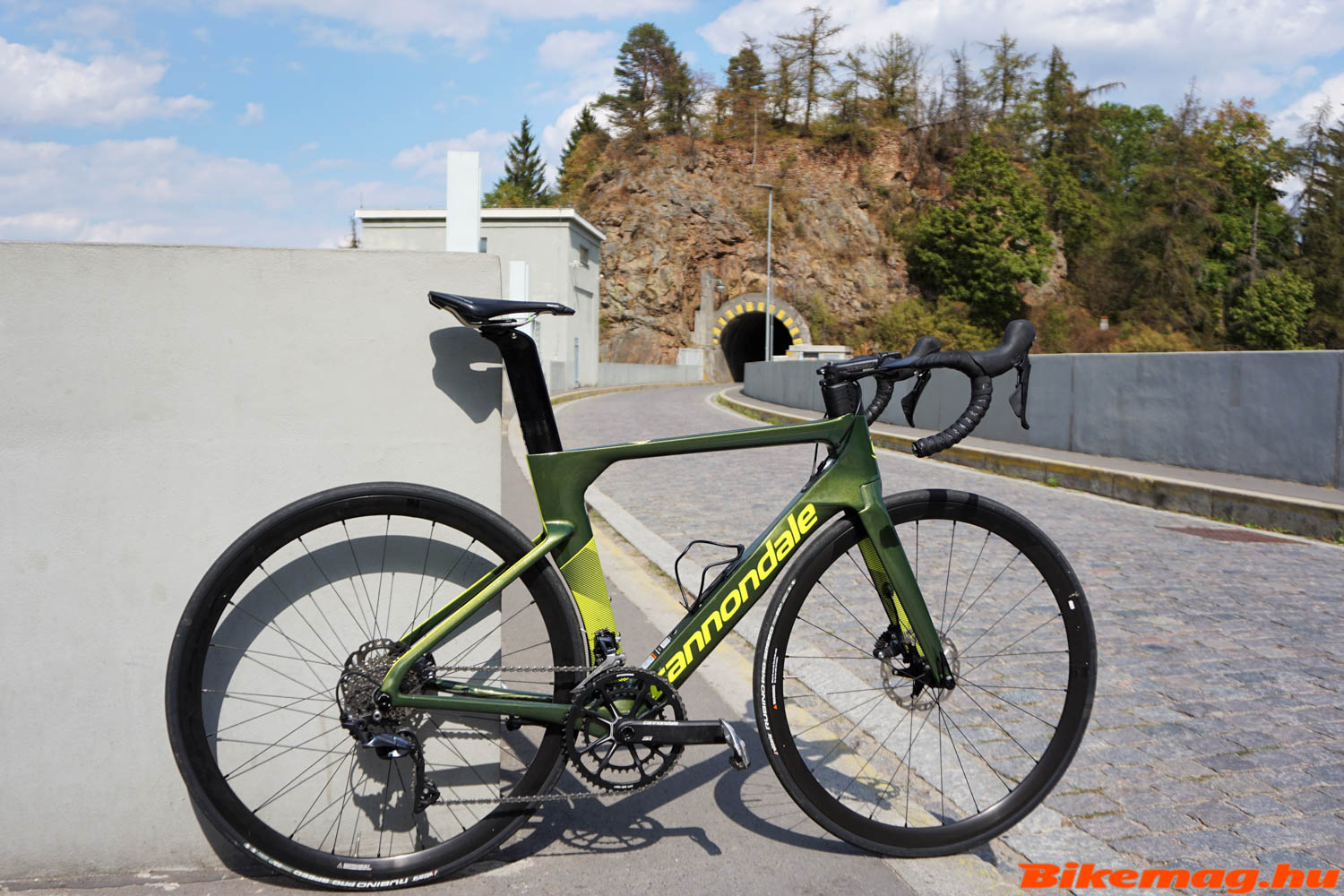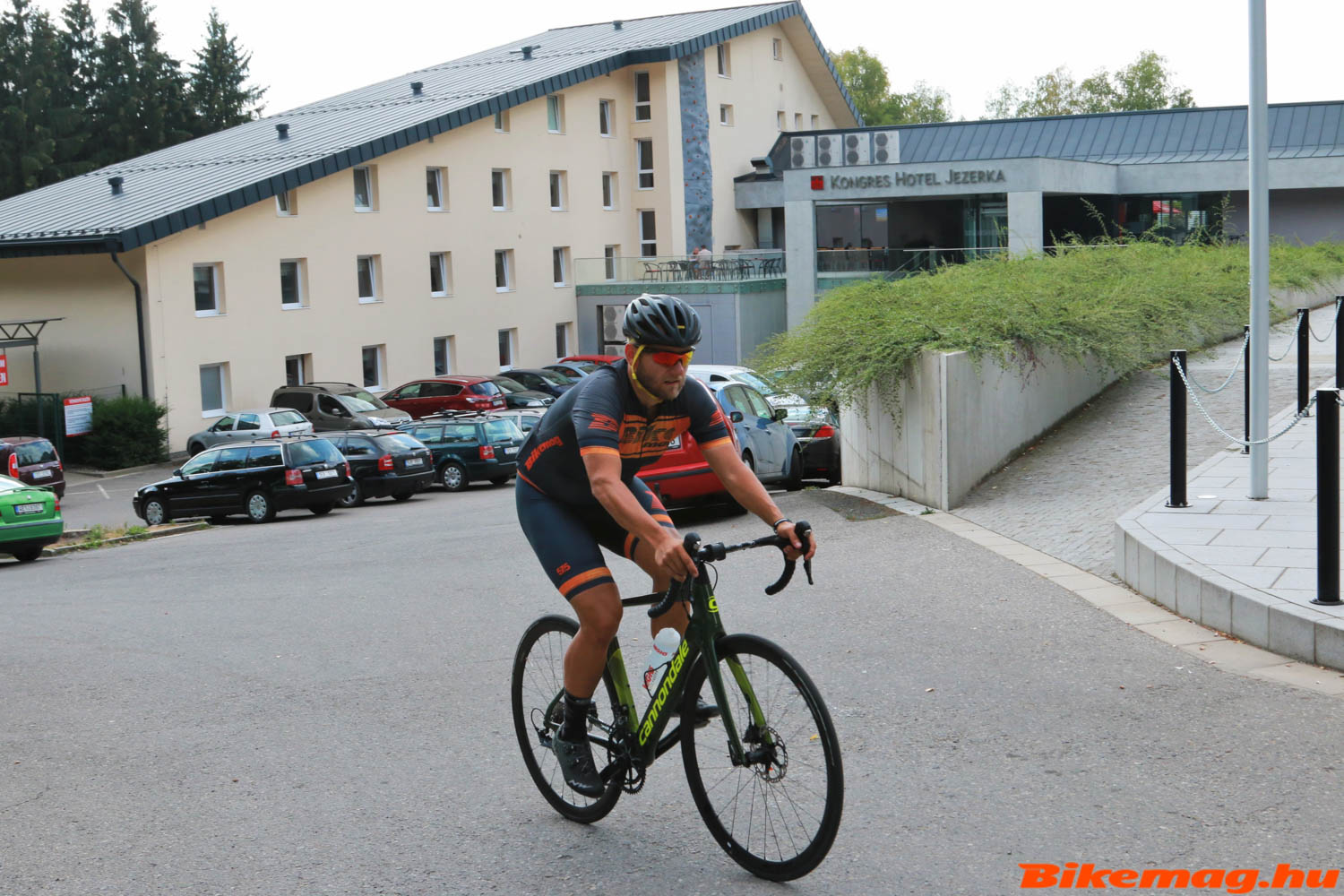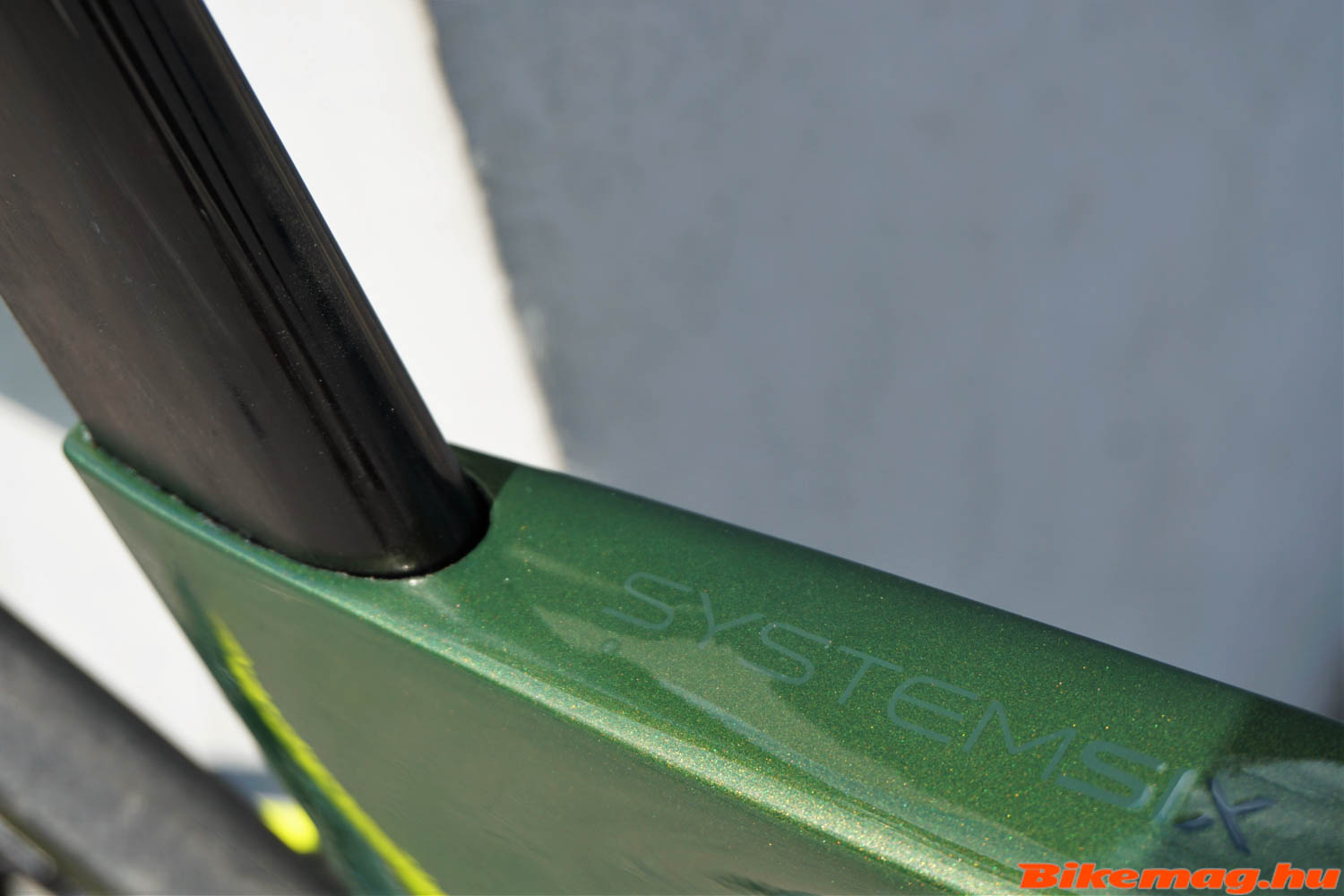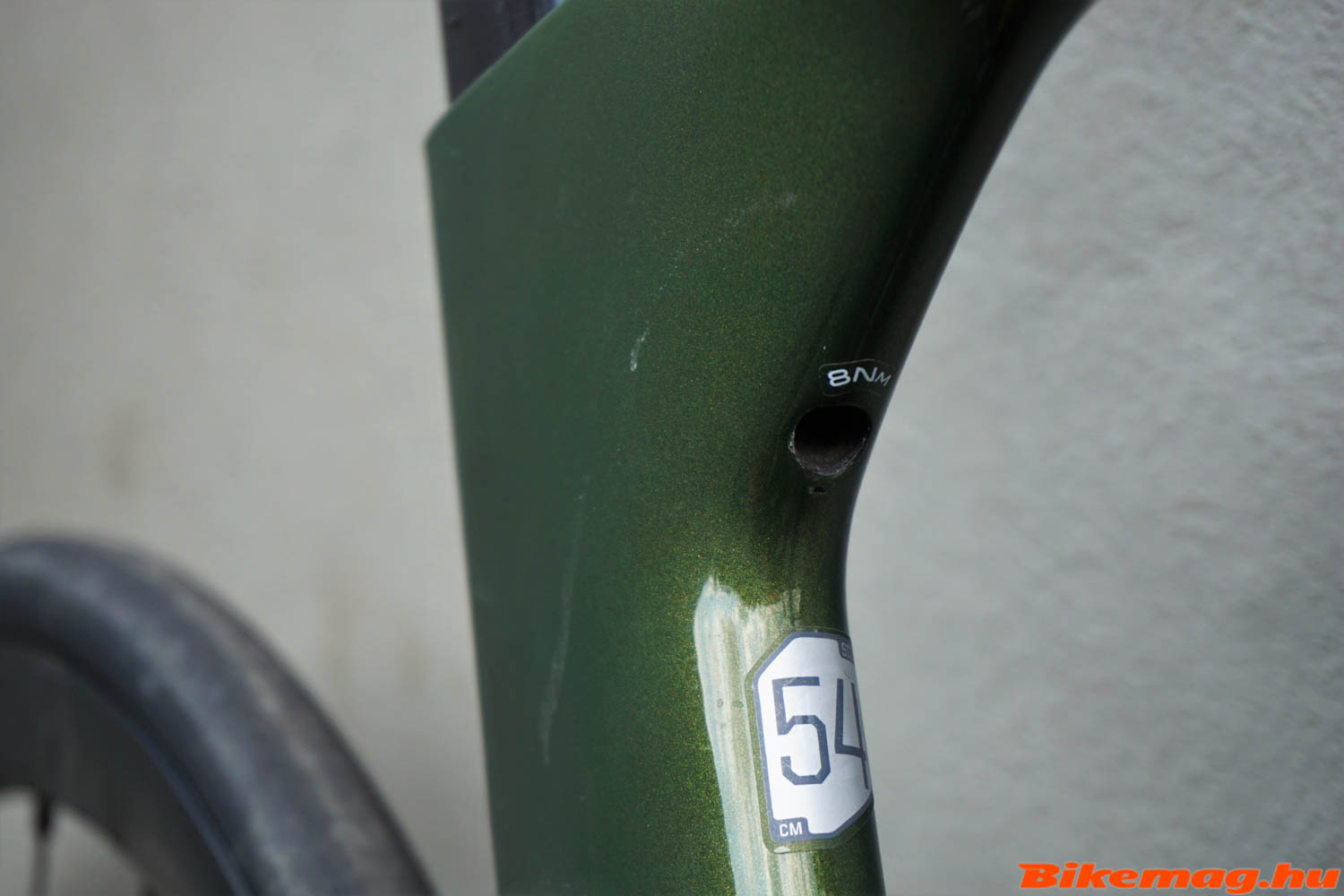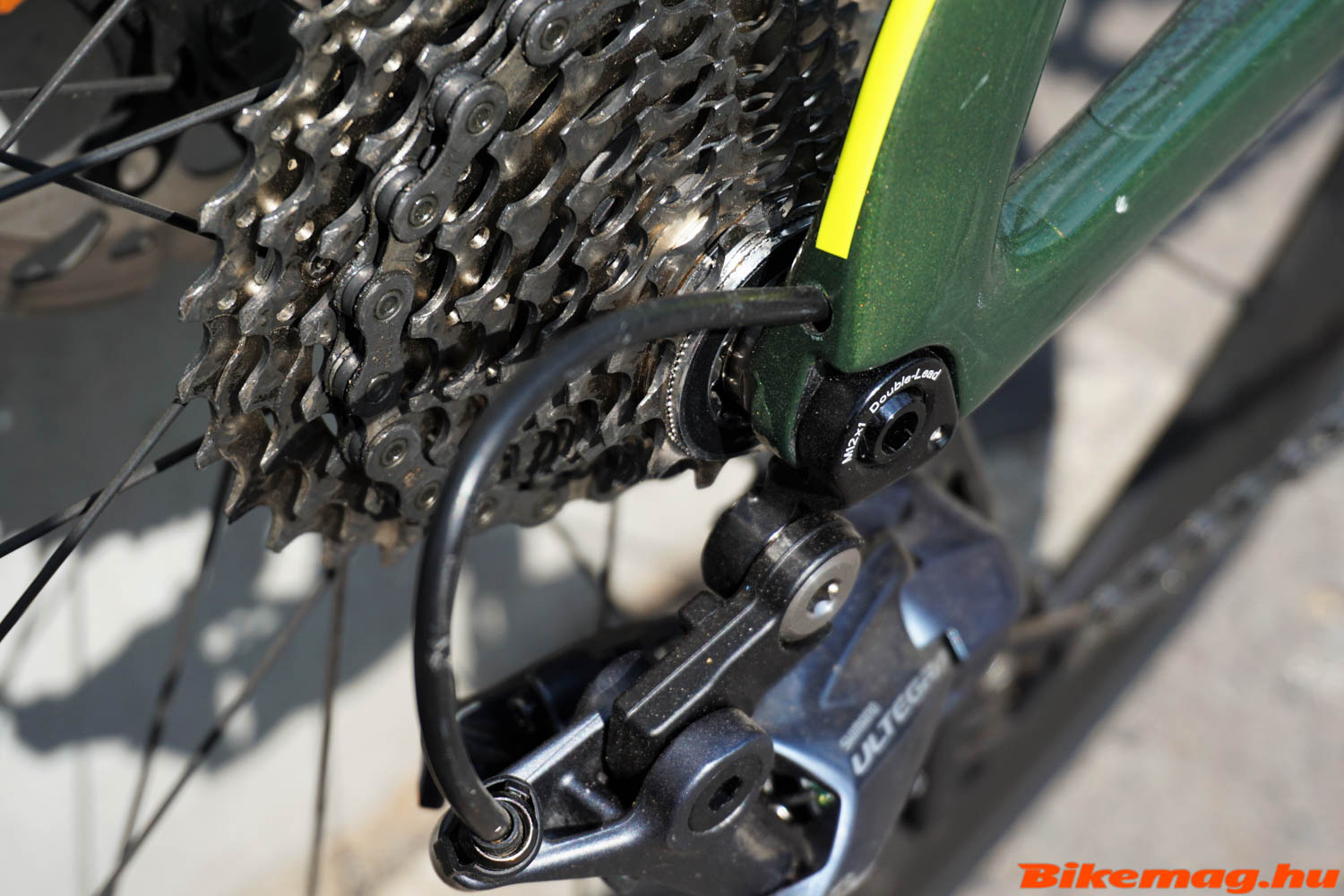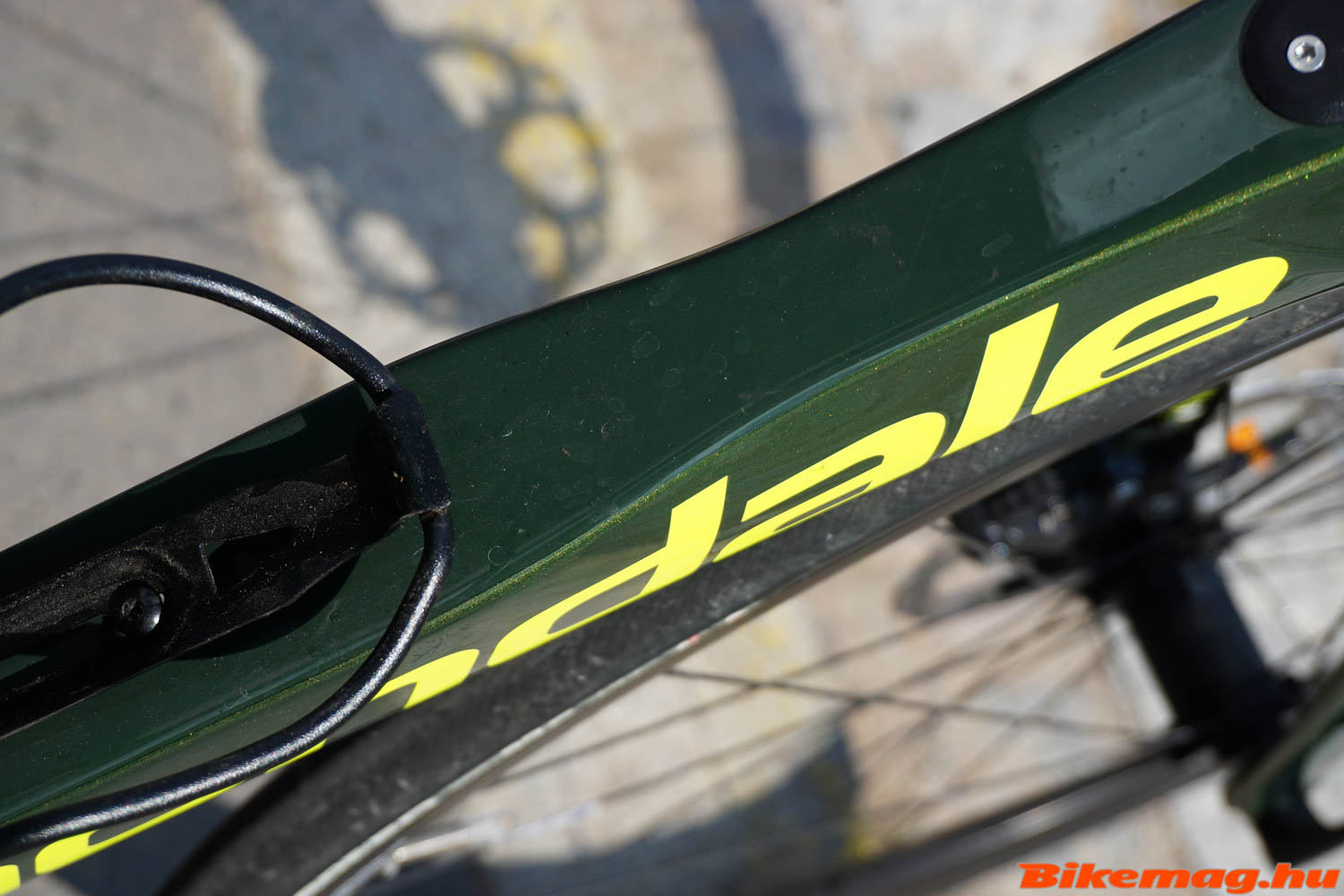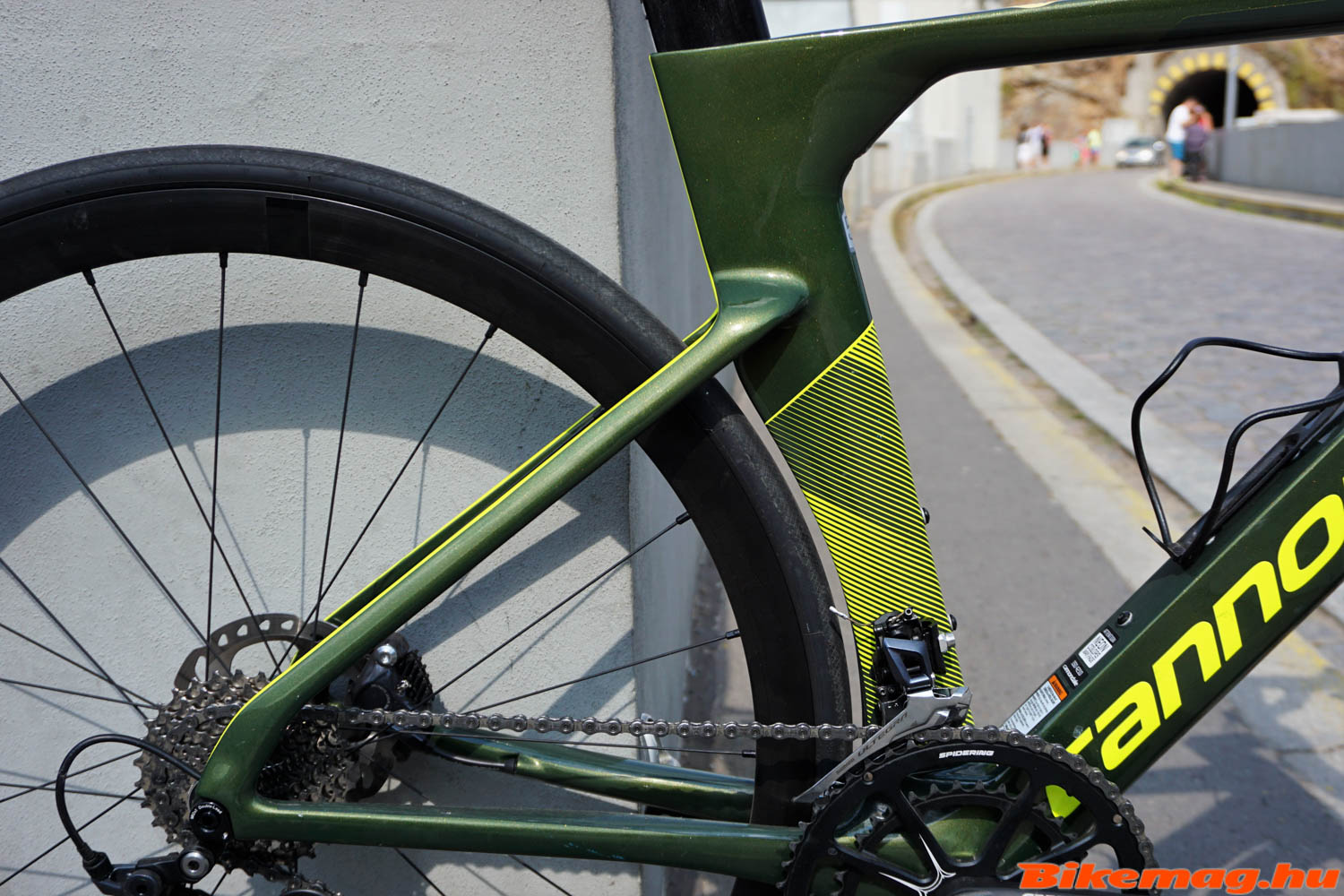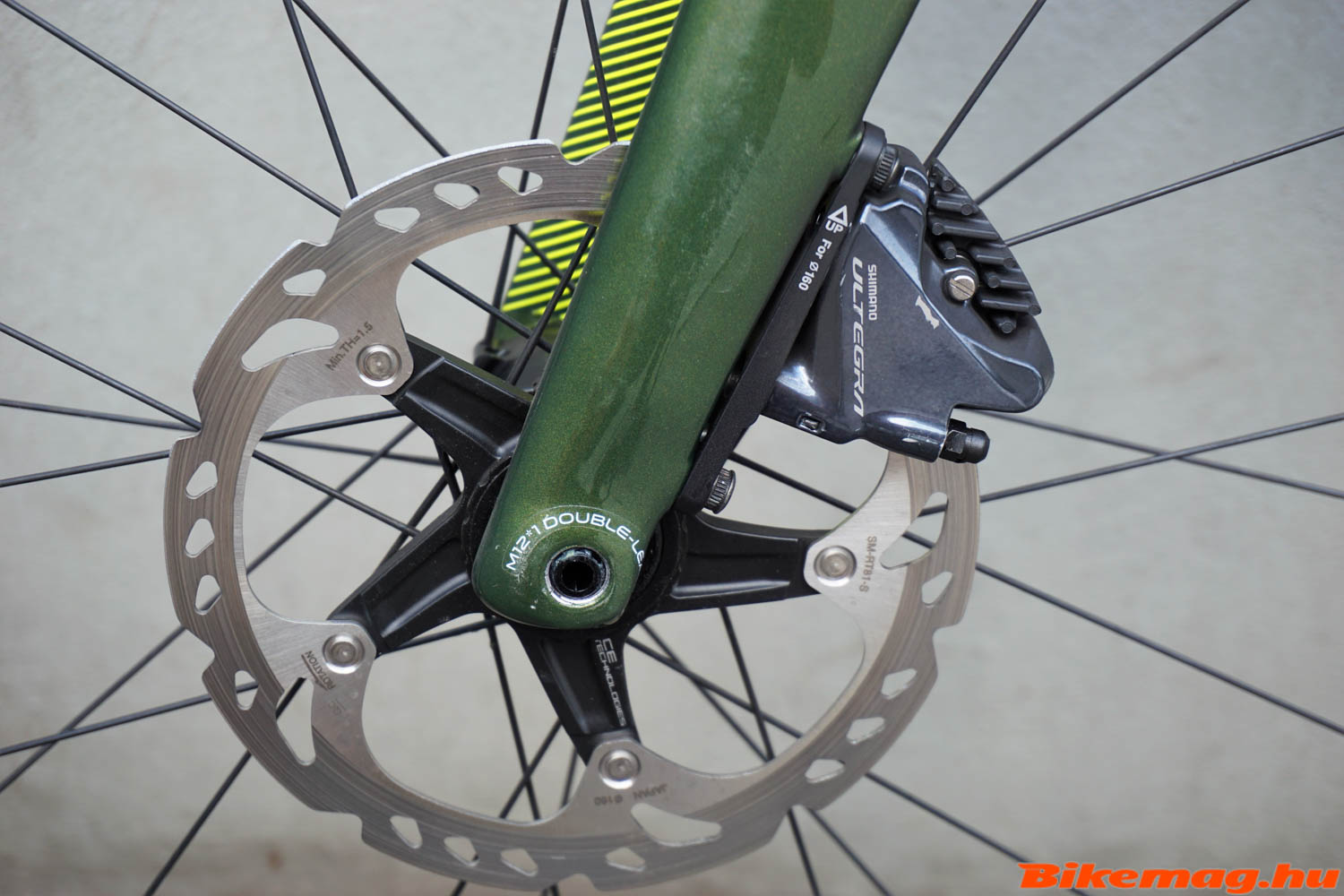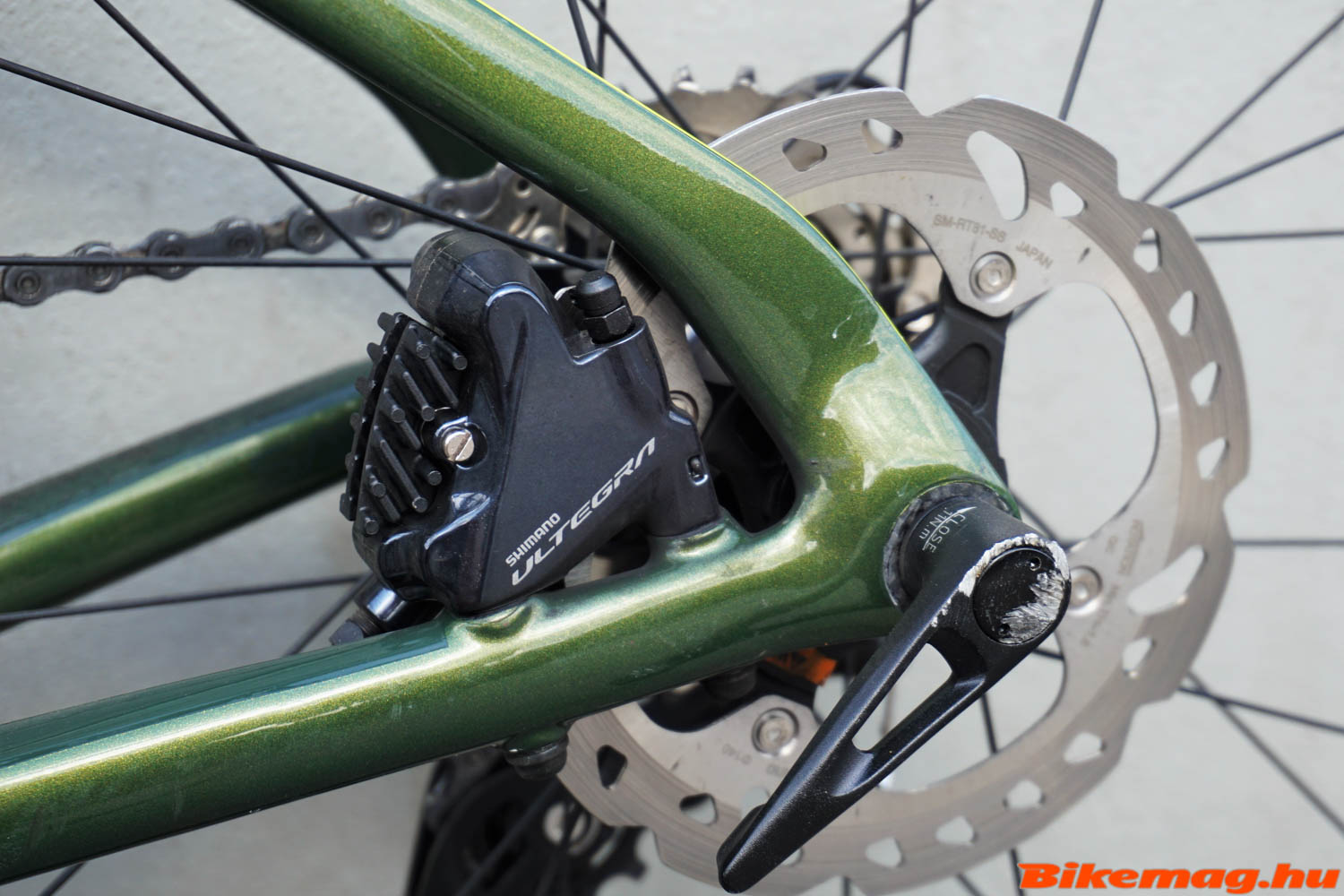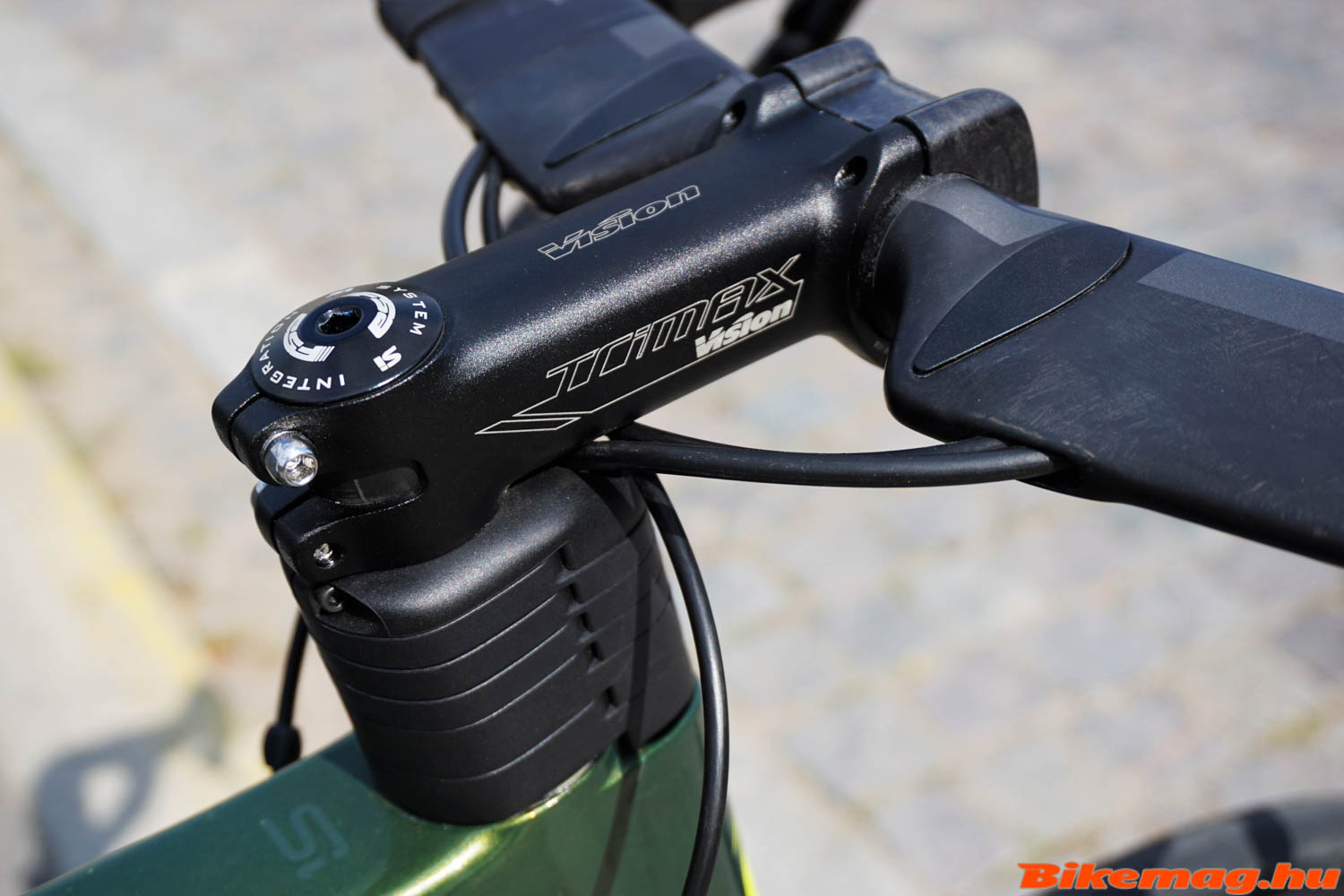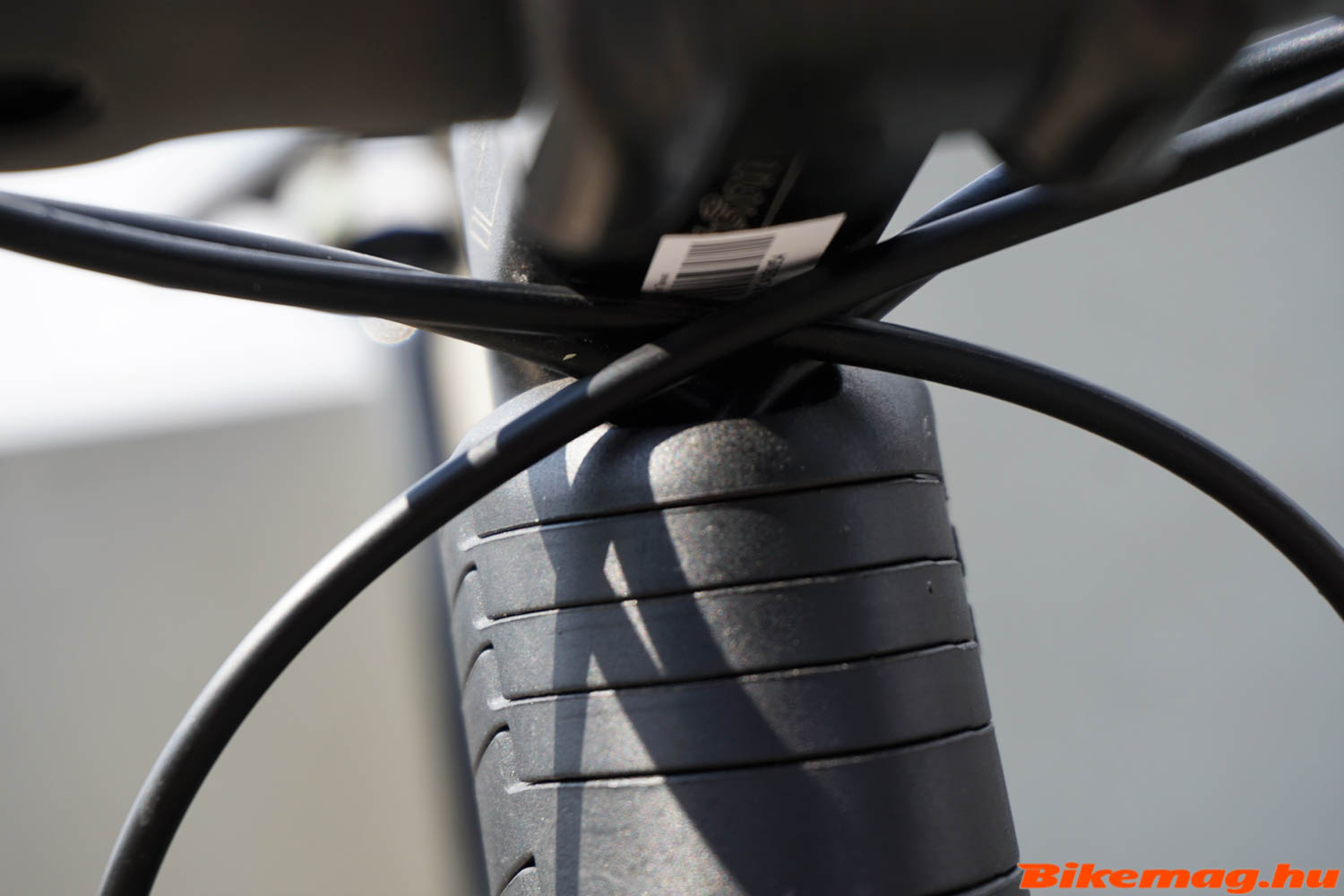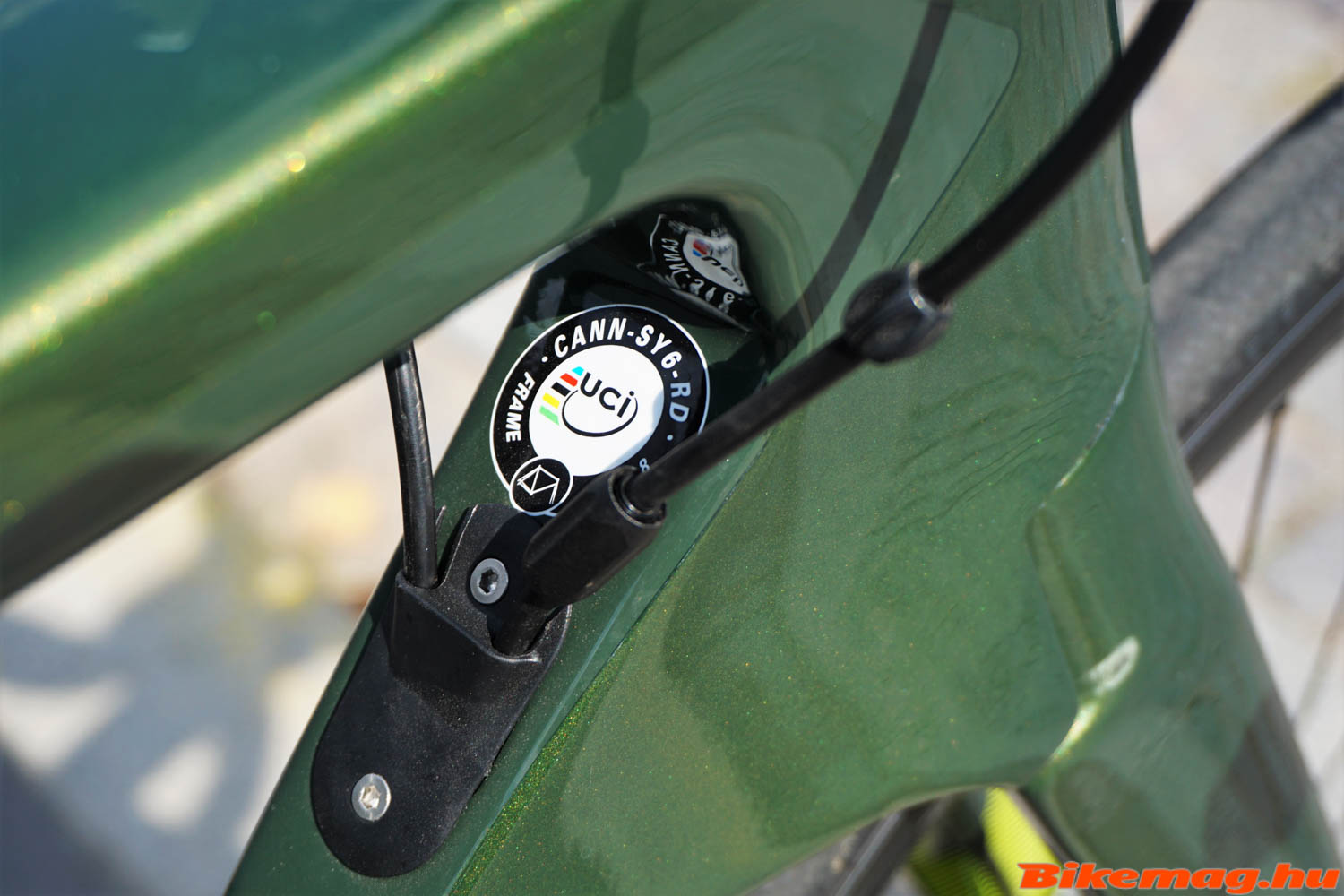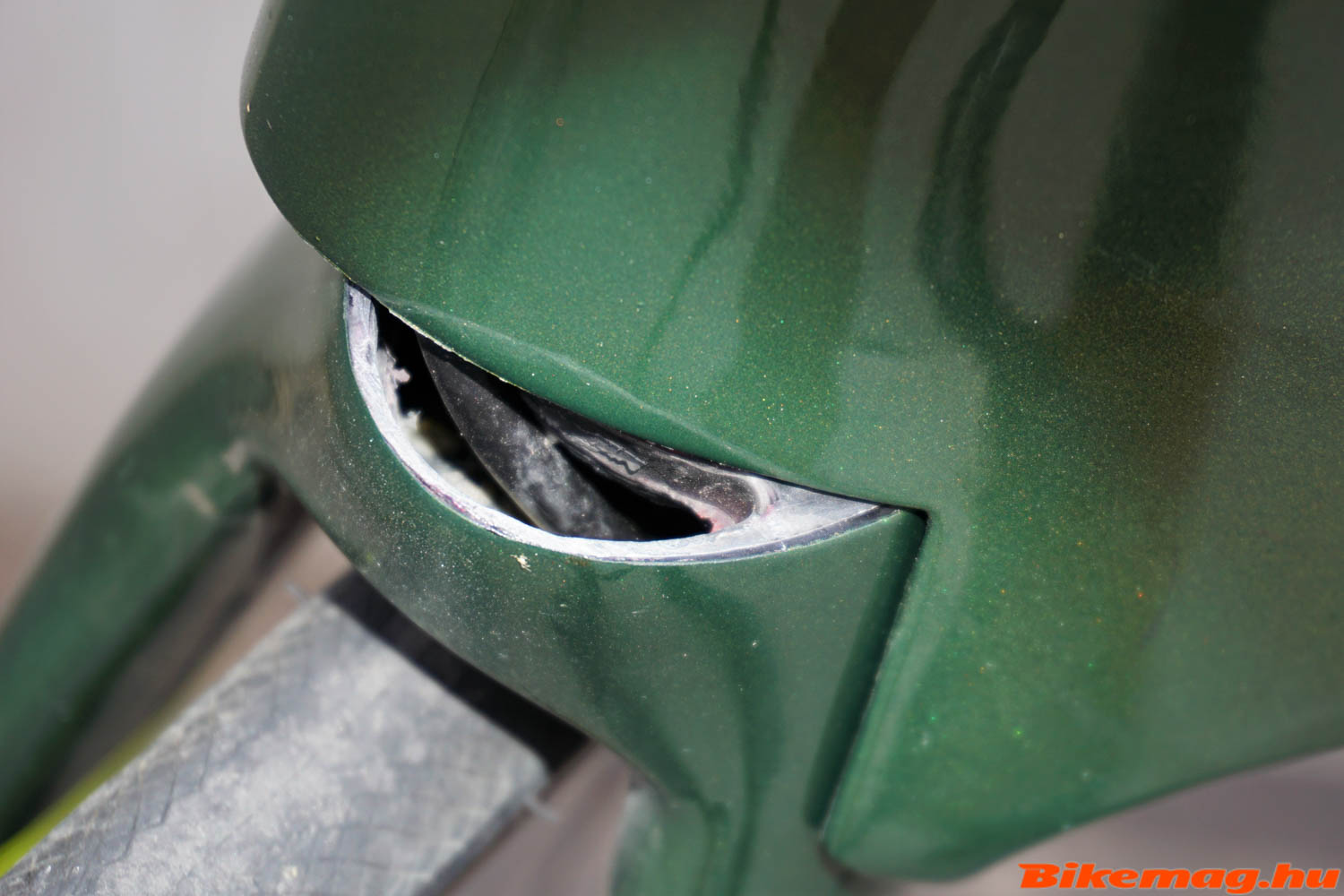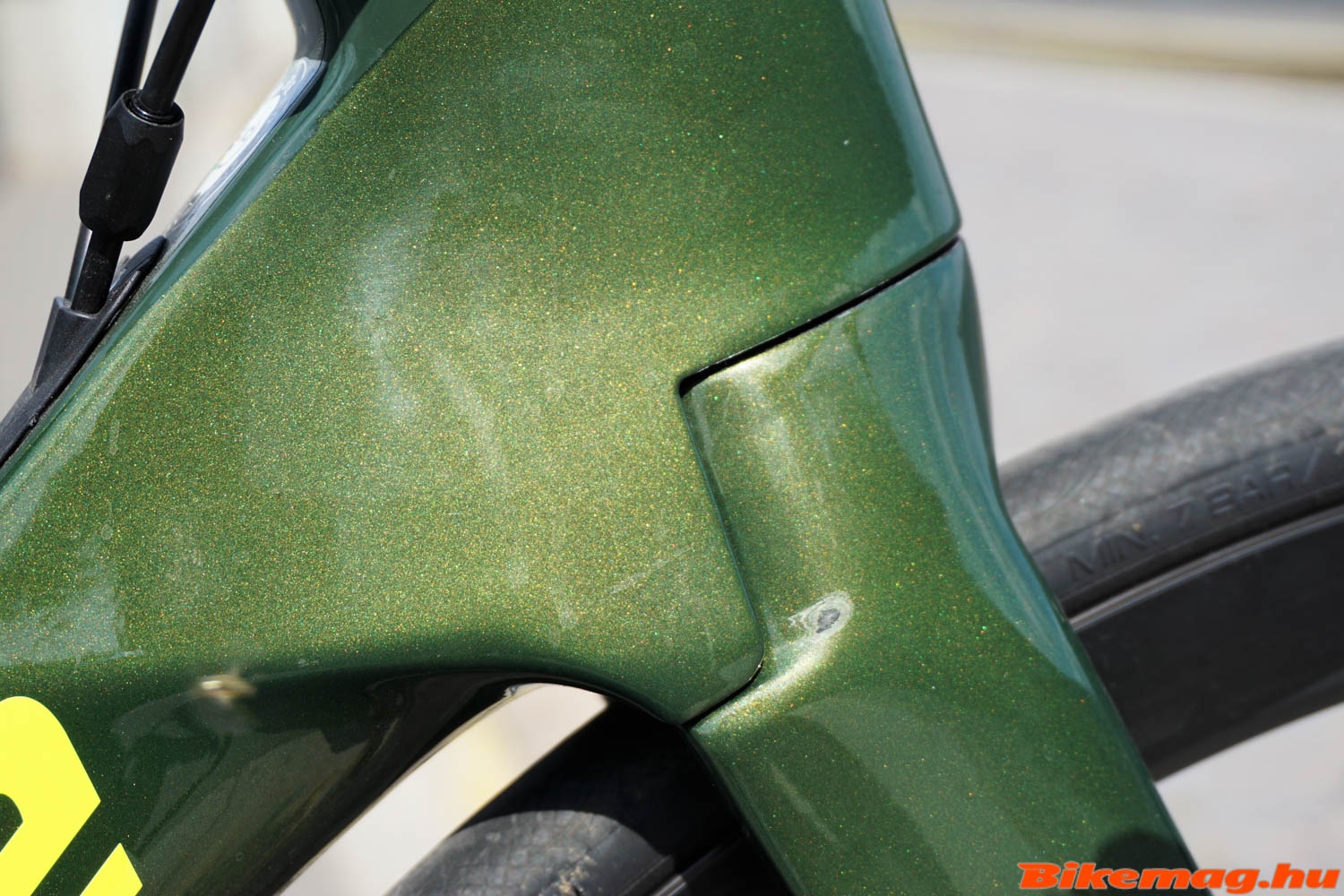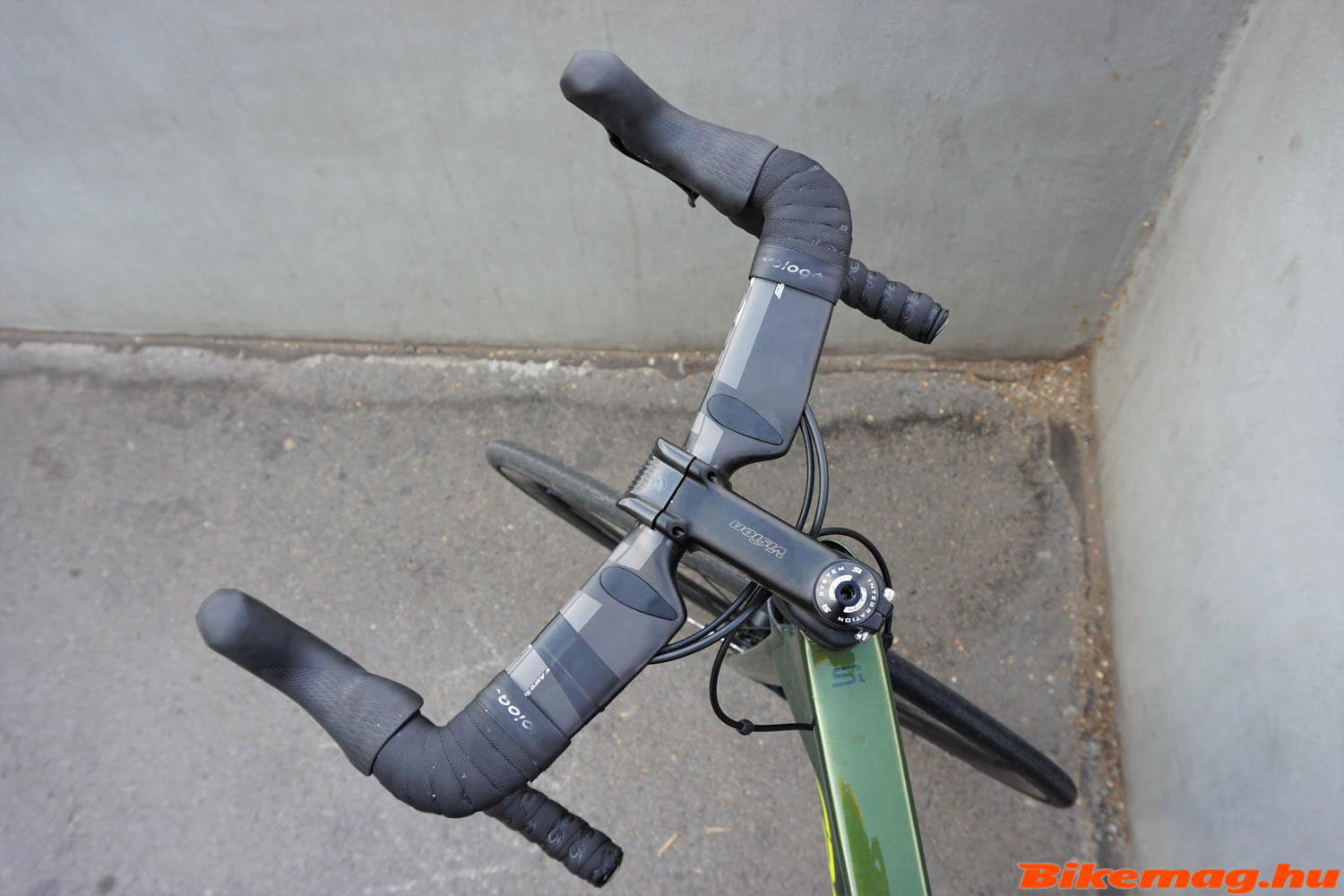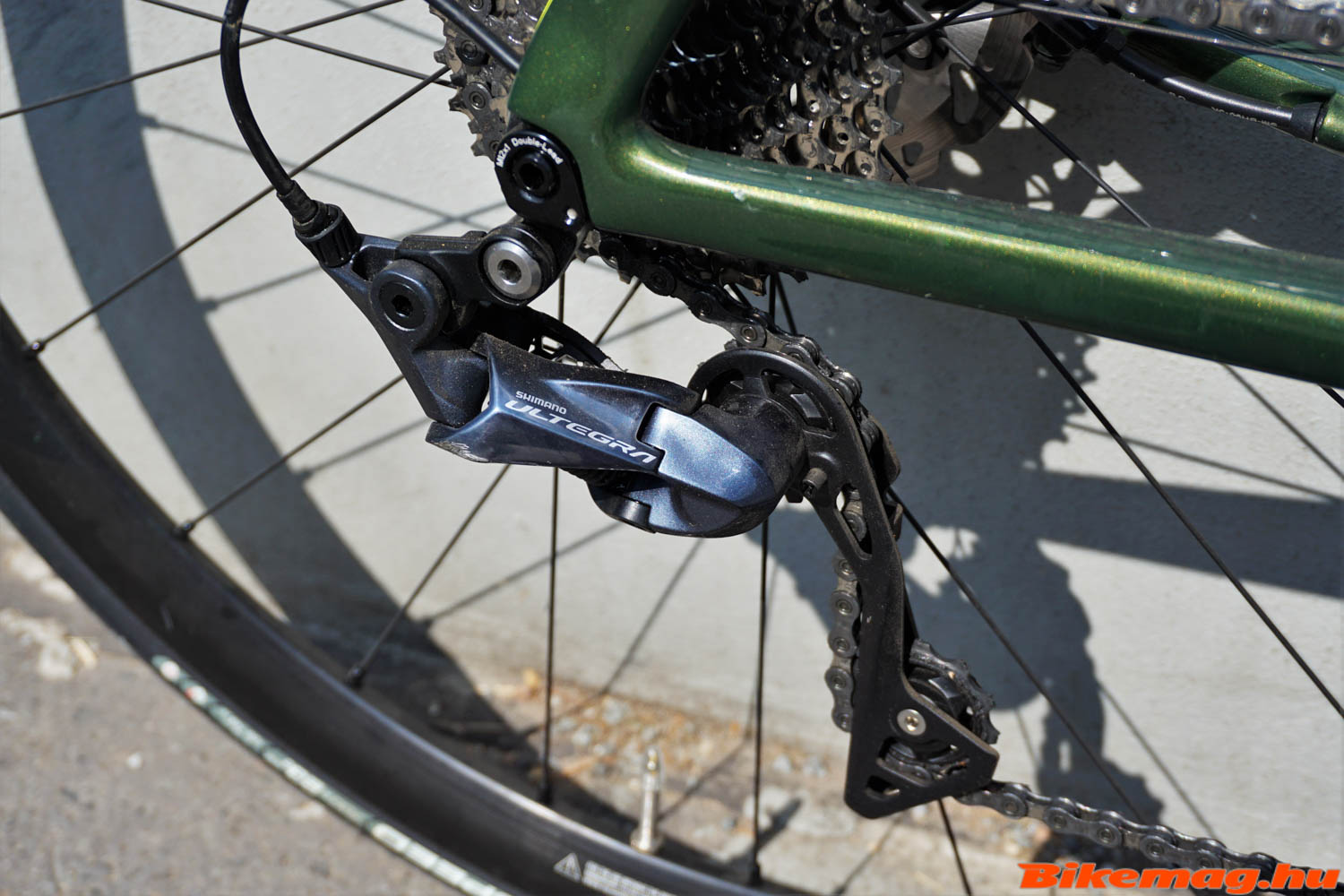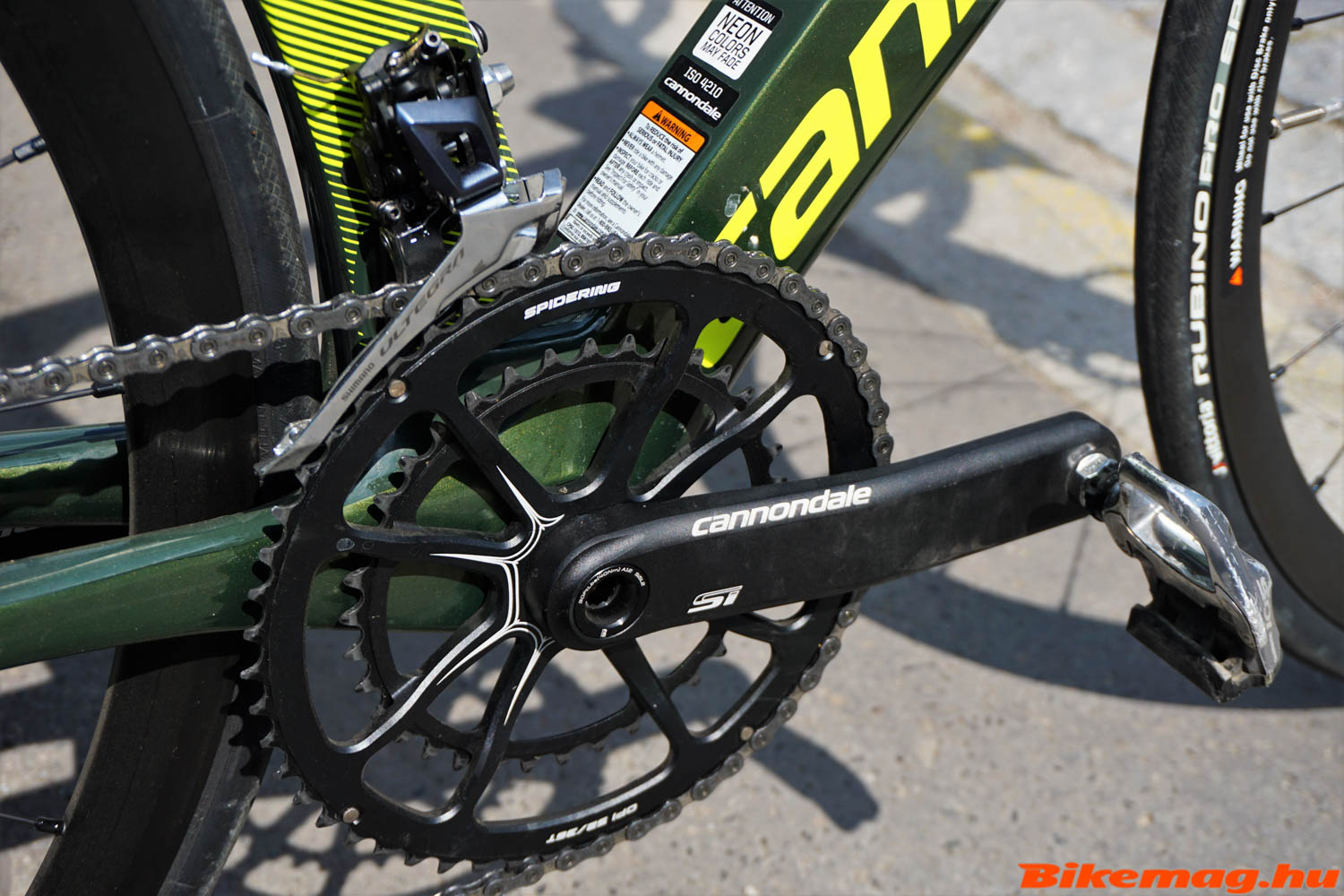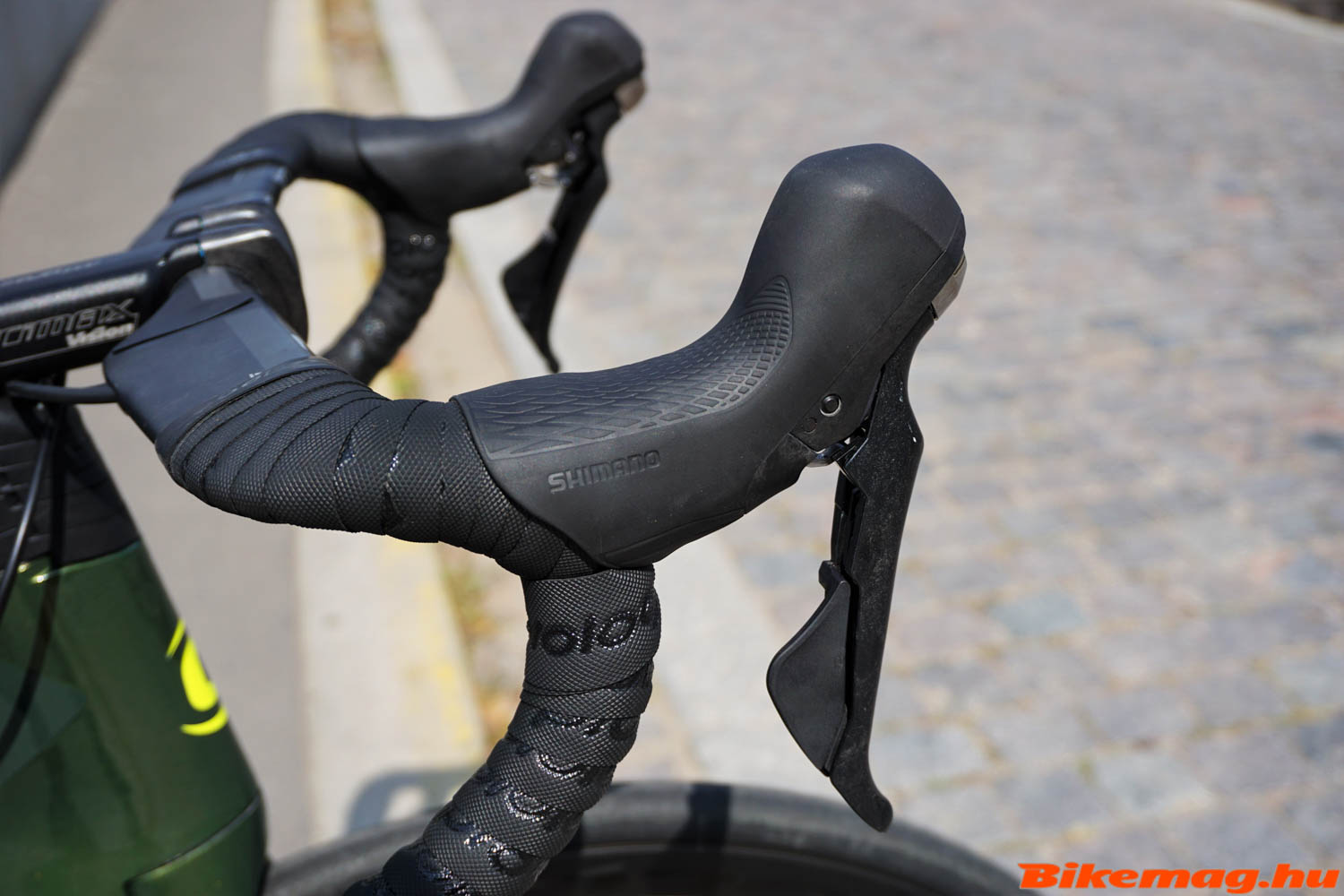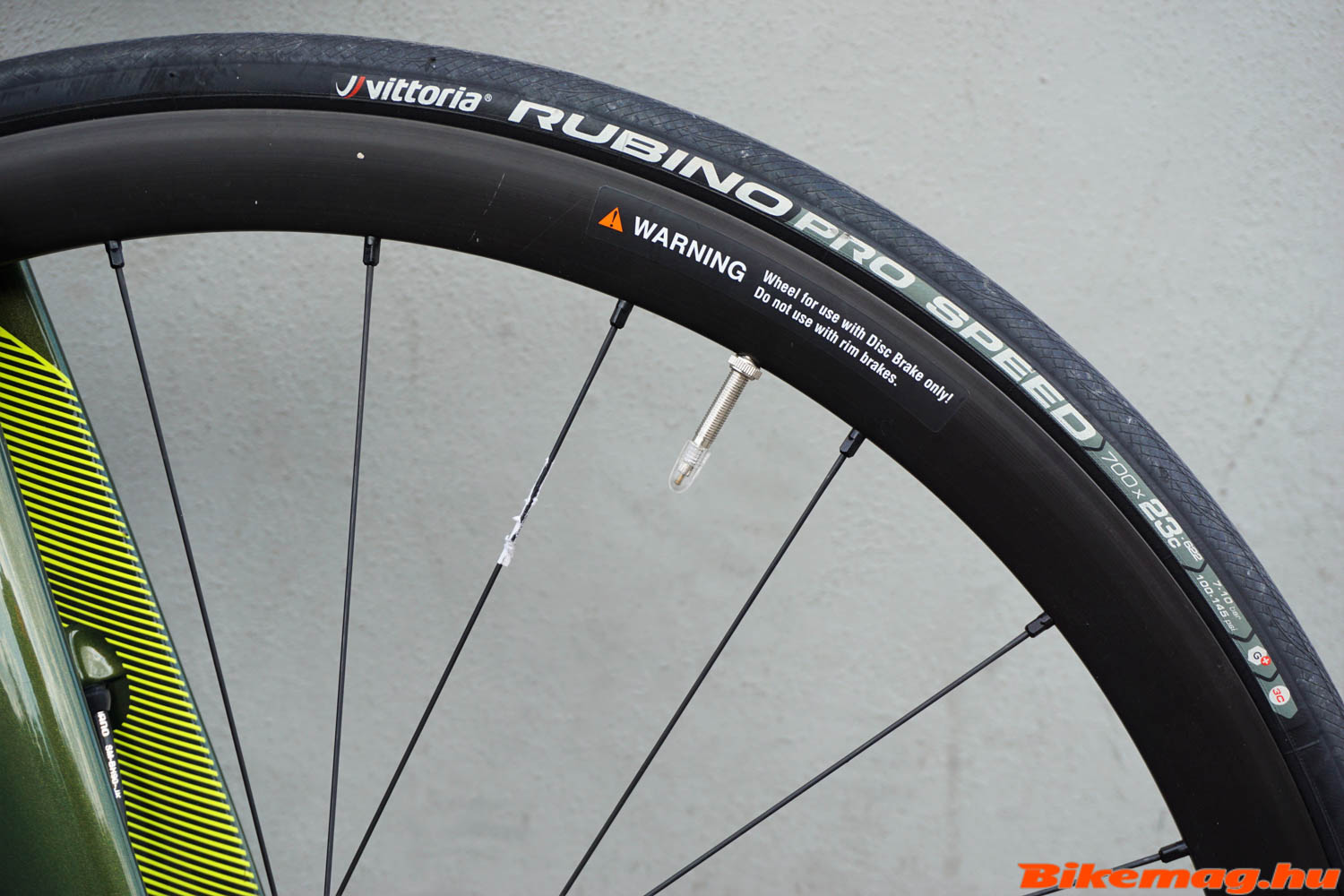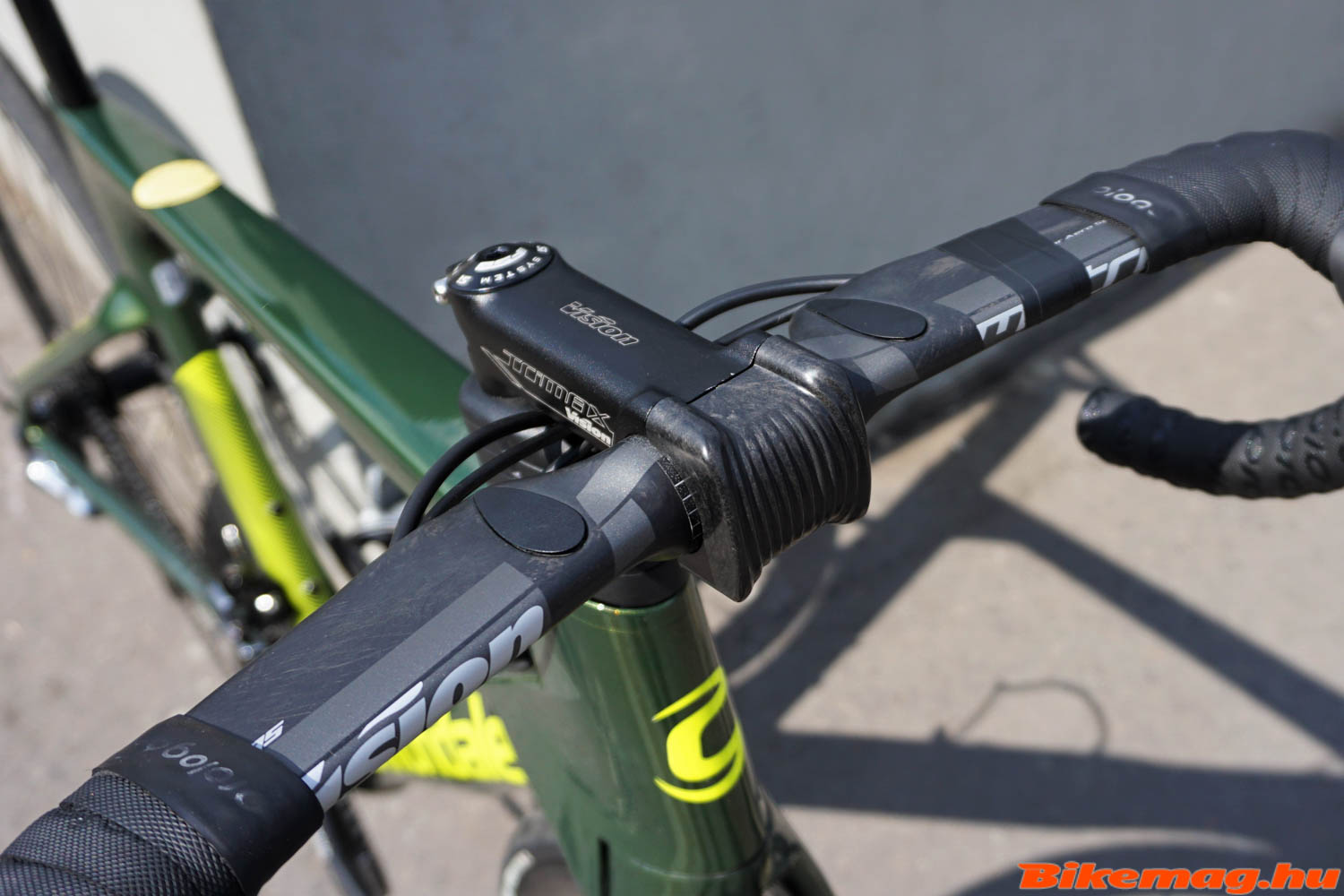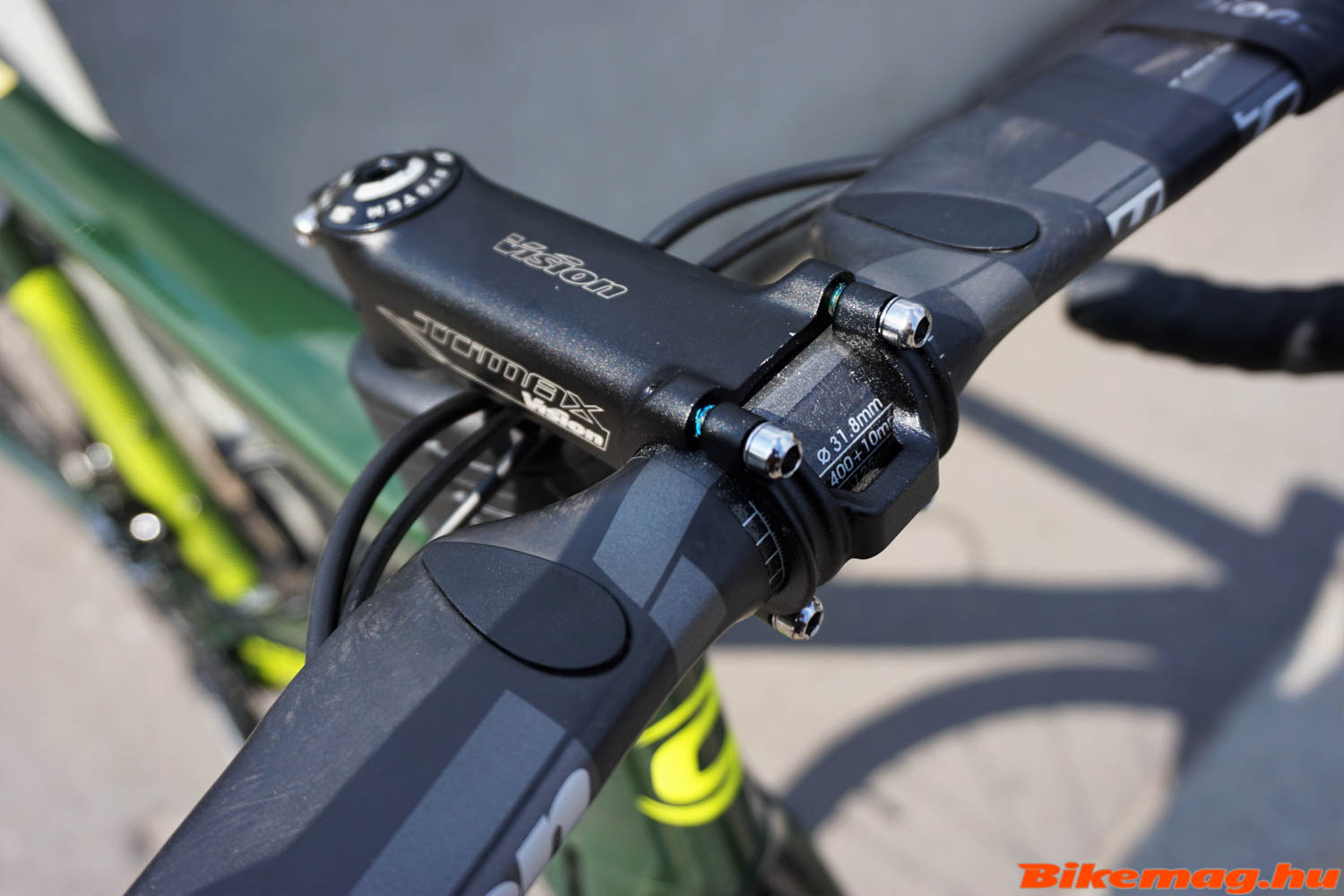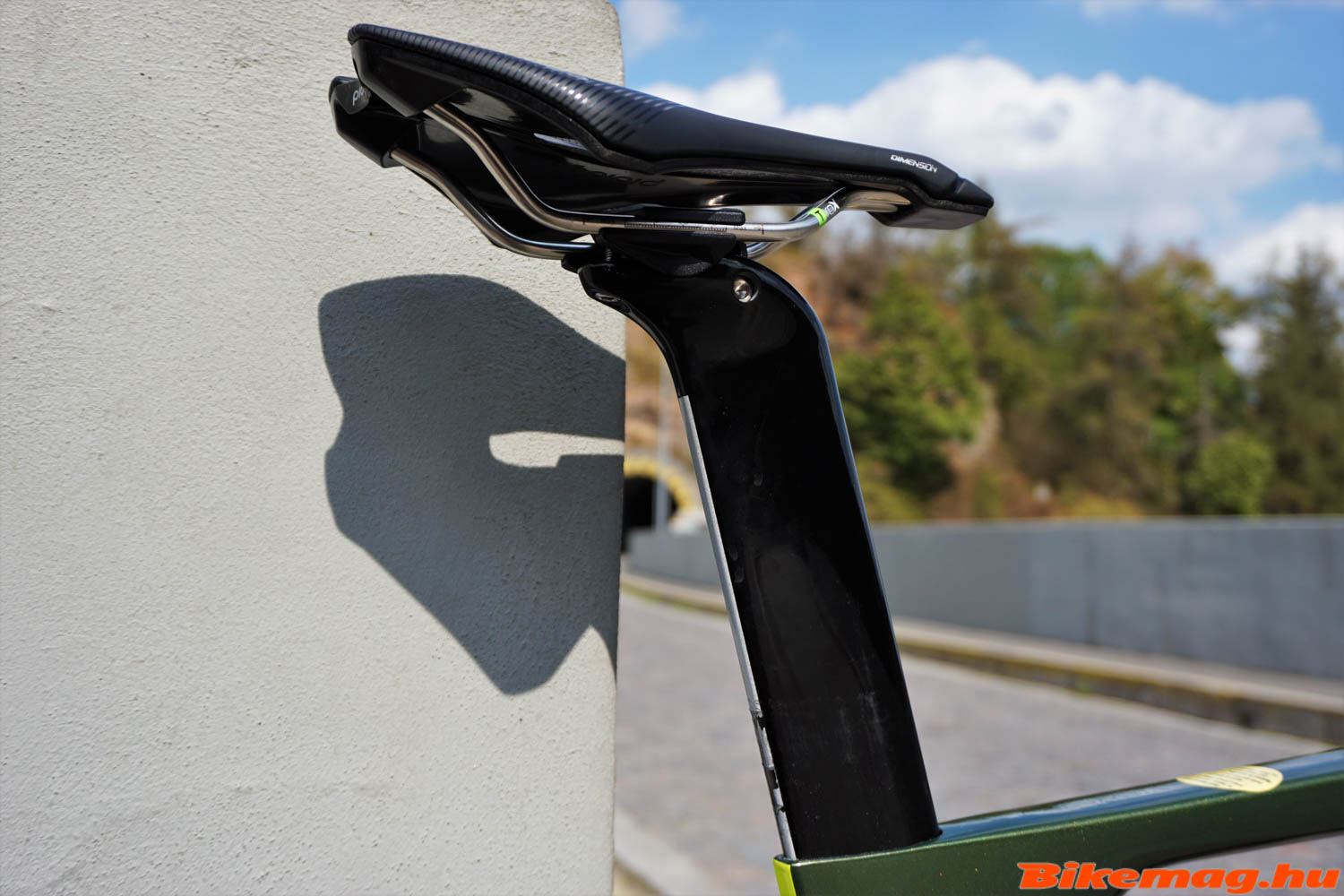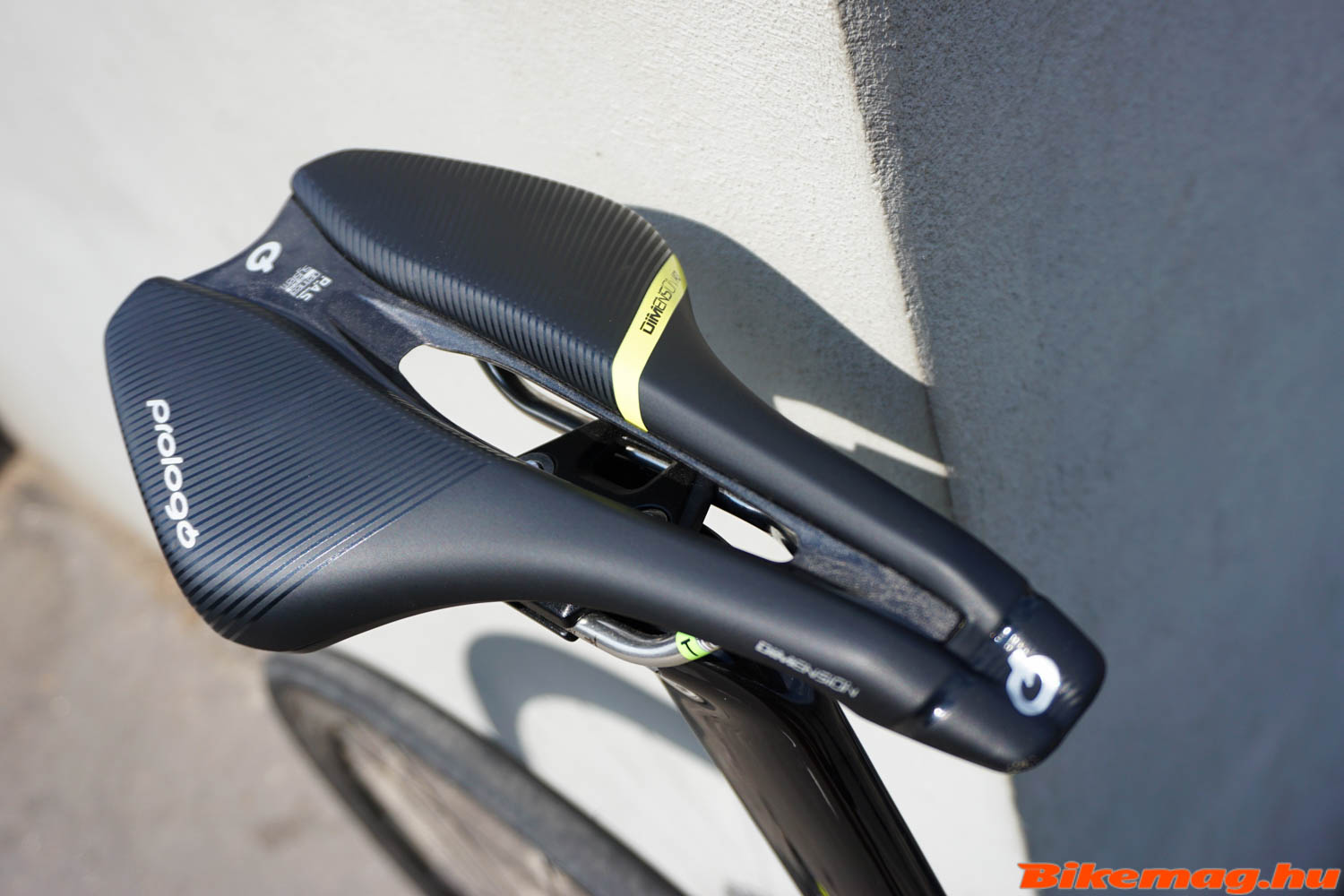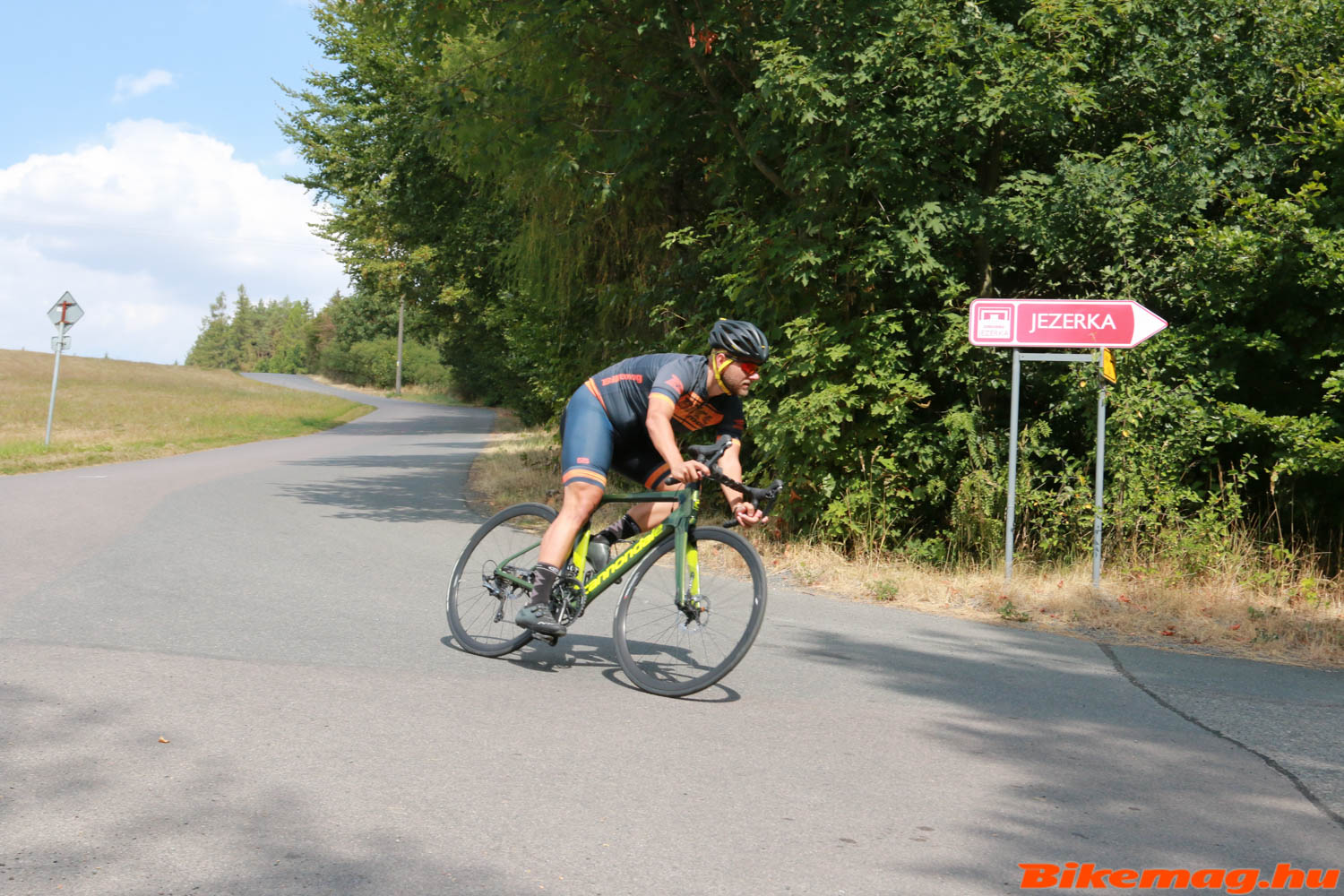It was a long wait for the arrival of Cannondale’s first dedicated aero road bike. Finally, 2019 saw the launch of the new “fancy weapon” named SystemSix. The question cyclists and the industry experts want to know: Can the American brand eclipse the much renowned SuperSix model, perhaps match its renowned performance in the realm of aerodynamic road bikes? The present article aims to answer this central question.
The past few years saw the emergence of road bikes designed specifically to fight air resistance. All major bike brands are now offering an “aero” road bike in their range. Cannondale has been putting off the introduction of such a model, and it’s virtually the last key manufacturer to offer a dedicated aero road rig. We aren’t familiar what the reason is behind this delay, especially since the American brand has several time trial and triathlon models in their lineup, so the technology was certainly on hand. Possibly Cannondale waited for the right moment for the introduction, observing market trends, seeing how the public receives this somewhat special bike category. The Cannondale team might have been working out the details, striving to solve some of the remaining shortcomings of this new road bike design. Let’s not forget that it could take several years for a manufacturer to create a new bike with proprietary technologies – not merely copying what’s already available on the market!
It’s currently a hot debate whether common cyclists truly need an aero road bike. We’ll not delve into in this touchy topic in the course of this review: let’s just say at least a substantial portion of the road market demands more speed from the bike frame. Cannondale certainly had a very successful all-round road bike in the SuperSix, which is plenty light and stiff for the highest level of competitive sport, paired with tube shapes that have taken cues from the aerodynamic engineering. The SuperSix has very few shortcoming, making it more than ideal for professional and amateur road riders alike. Nevertheless there seems to be a general market demand for a bike frame aimed to lower the aerodynamic resistance, so Cannondale had little choice: a new model was in order.
As the name suggest, this bike category aims to minimalize aerodynamic drag. The priority for engineers is to provide the rider with more speed for the given power input, or lower the required power for the given speed. It works both ways. The gains depend on the tempo as air resistance is increased twofold with speed. Hence riding at 50km/h will result in four times as much saving in watts compared to a moderate tempo of 25km/h. This is all straight forward, nonetheless aerodynamic tubes shapes in bike frames have certain drawbacks as well. They necessitate more material, therefore they weight more, moreover – due to the tube shape profiles – they have more stiffness in the vertical plane making aero bikes less comfortable to ride. It’s important to note that some designs are more successful in compensating for these disadvantages than others, not all bikes are made equal!
Now let’s return to our test rig, the SystemSix! Cannondale has put all its engineering expertise and technological know-how into this development. The frame incorporates the brand’s proprietary BallisTec Carbon layup, allowing the carbon composite structure to be stiff and compliant at the same time. It’s stiff where needed in order to provide stability and high level of drive efficiency, but the structure is designed to flex in other areas to offer comfort for the rider. This technology has been successfully employed for the SuperSix and other carbon frames in the Cannondale lineup. What’s new for the SystemSix, is that tubes shapes have another function: to create the least amount of air drag as possible. The engineers must have worked real hard on this aspect since the frame clearly resembles a time trial bike. No effort was spared to provide a bike that can meet all the requirements: to cut through the wind, provide a stiff platform, and remain relatively comfortable to ride – all at the same time.
Nowdays all new road bikes need to be designed to accommodate hydraulic disc brakes. It may come as surprise that modern disc brake technology actually helps aerodynamics. Previously rim brakes had to hidden from the airstream to lower drag, which generally resulted in less than ideal braking performance. Disc brake calipers nicely tuck behind the frame tubes while permitting easy servicing. Our test bike was equipped with Shimano Ultegra R8000 brakes, which fit the bill perfectly: it never gave any reason for complain on any bike we have ridden previously.
Cables on the SystemSix are concealed for outmost aerodynamic efficiency. I have mixed feelings concerning its technical implementation. For electronic shifting the method is well thought-out, the wires run completely hidden. When using mechanical cables, the designers chose not to run them through the stem and the head tube, rather they exit the handlebar and enter the frame behind the head tube. This leaves an unsightly stretch of cabling that other manufacturer chose to hide. On the other hand, Cannondale’s solution seems to work quite well, while some aero road bikes suffer from poor shifting performance caused by cables having to several take tight bends. Concerning brake cables, the one operating the front wheel is hidden in a cavity in front part of the head tube. This makes the routing more practical but limits how far the bar could be turned. Fortunately this cannot be felt while riding since the bars are never turned far from the center position. To be sure, I made extremely tight U-turns in the parking lot, and could not reach the limit set by the brake system routing.
- The brake hose is routed inside the head tube and the fork leg
- Marks made by turning the bar too far
- This is how far the bar can be turned to the right…
- and left
Apart from the crankset, the test bike is equipped with a complete Shimano R8000 group set. There is nothing to pick at these components. If the cabling is done right, the set delivers quick and smooth shifting. This bike was ridden previously by quite a number of journalists and has clearly done a lot of miles. Nevertheless he shifting performance was spot on.
The only non-Shimano component is Cannondale proprietary HollowGram Si crankset, which is certainly a better match for the frame’s BB30 integrated bottom bracket system. It’s an exceptional piece of engineering offering plenty of stiffness and drive efficiency. The CNC direct mount chainrings not only resemble fine sculpture, but provide excellent front shifting as well. It’s worthwhile to note that even the entry-level SystemSix is positioned very high both performance and price-wise.
The wheels are the only component which seem to stick out from the component lineup. Out-of-the-box bikes rarely get the best wheelsets, and the Fulcrum Racing 400 DB will not break this trend. It’s a model that will serve its purpose, and will likely to remain problem-free even when ridden on the less than perfect road in our country. Due to the frame and fork design, both wheels attach via thru-axles, which not only provides better braking, but certainly helps in terms of stiffness when cornering. Then again tire choice is something I can’t understand: the Vittoria Rubino Pro Speed measure only 23mm wide when the frameset can easily cope with much wider rubber. Why compromise traction and comfort on a modern bike?
- Aerodynamic cap for the stem faceplate.
- The faceplate without the cap.
The handlebar is another component which immediately draws attention. The Vision Metron 4D Flat has a futuristic design, mimicking the wings of an airplane. Concerning ergonomics, I found the top flat section less than perfect to rest my hands on, I tend prefer more round shapes. The Cannondale KNØT Carbon seat post has a similar profile to the bar, as both are designed to minimize air drag. The saddle on the bike is a also modern design, the Prologo Dimension has a wide mid-channel paired with a good amount of padding. I found it to be quite comfy as I prefer saddles with such composition.
I thinks it’s high time to tell the reader about how this state-of-art bike actually rides!
Surprisingly, it proved to be quite comfortable despite being an extreme aero design. Cannondale’s BallisTec Carbon Technology is not just marketing talk: it works, although comfort-enhancement experienced is not on the level of the previously tested Cannondale Synapse.
I wasn’t expecting a magic carpet ride, the SystemSix is designed for hard-out racing efforts in the WorldTour peloton where comfort takes a lesser role. Nevertheless, the balance between efficiency and comfort is admirable, way better than what most of the SystemSix’s competitors can provide. Frame geometry is also top-notch. The bike turns effortlessly, acceleration is astounding and handling in general is what I’d expect from a top-of-the-line road bike. Another plus is that the handlebar can be set up quite low in order to meet the demands of professional riders. Thanks to all above, I immediately felt at home in the saddle, this bike seems to have a design that suits my expectations precisely. My own bike is set up with similar handlebar and saddle position so there was no need to acclimatize to the SystemSix.
Not having a chance to measure power (or visit an air tunnel), I cannot report on how much faster I rode on board this test bike compared to my own rig. The effort felt more or less the same at lower speeds, but this bike was not designed for going slow. At higher speed the overwhelming feeling was not the added speed but the excellent handling, which is an acknowledgement to the well-balanced design.
There are no shortcomings I can report on. Even the surprisingly narrow tires perform nicely with plenty of grip in the corners. To answer the question I posed in the introduction: the SystemSix performs just as well as the SuperSix, but aesthetically speaking I still tend to prefer conventional bike design over the aero trend. It’s subjective, this is just my take on this topic.
Who is the SystemSix for?
I think it suites any road rider whose answer to the previous question is contrary to mine! There is very little compromise to be made compared to the SuperSix, and if the wind tunnel data is valid, there are mayor gains to be had regarding top speed. Comfort is certainly much better than on most aero road bikes, hence making the SystemSix an much more an all-rounder. Finally, in case the potential buyer feels that the otherwise excellent Ultegra R8000 “gruppo” is not sufficient, there are higher level option available!
Recommended retail price: HUF 1,349,990.
The full list of specifications and further technical information can be found on the manufacturer’s website. Alternatively you can visit one of the Cannondale partner retail stores.


